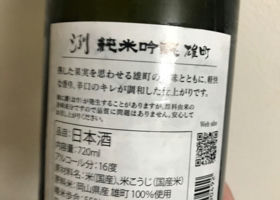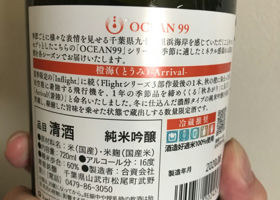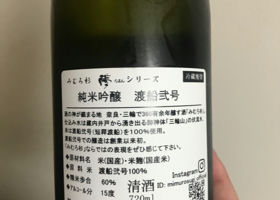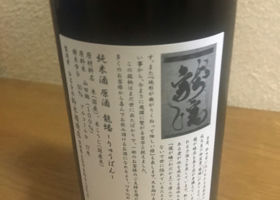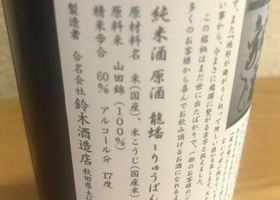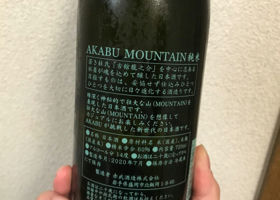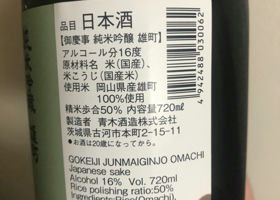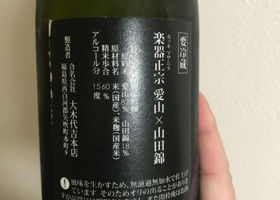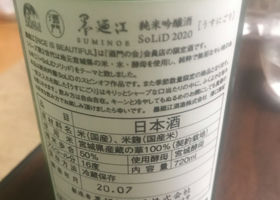

うみねこ
As a Tsuchida fan, I wanted to try this "Koji 99% Kuchikubun" at least once. Usually, sake is made with 20% koji and 80% rice, but this sake is made with 99% koji. By the way, I heard that using 100% koji is not the standard for sake.
The color is golden like amber.
The aroma is intense, like a ripe pineapple.
In the mouth, it has a rich sweetness from the beginning. This sweetness is a complex sweetness that is different from the sweetness of noble sake. It also tastes like soy sauce and mirin. I like this one a lot.
The owner of the liquor store where I bought it told me it goes well with Chinese and ethnic food, so I paired it with Mapo Tofu and Chili Prawns and it certainly went well with them. It's a drink that doesn't overpower the intensity and spiciness of the food. Despite the fact that it is such a strong and quirky drink, we drank it and soon found ourselves emptying out.
By the way, when I bought this at the liquor store, I heard that a sake with the same concept will be released soon from "Abe", and I was allowed to taste a sample. This one is prettier than the one from Tsuchida, and I would like to buy it if it is released.
Japanese>English



